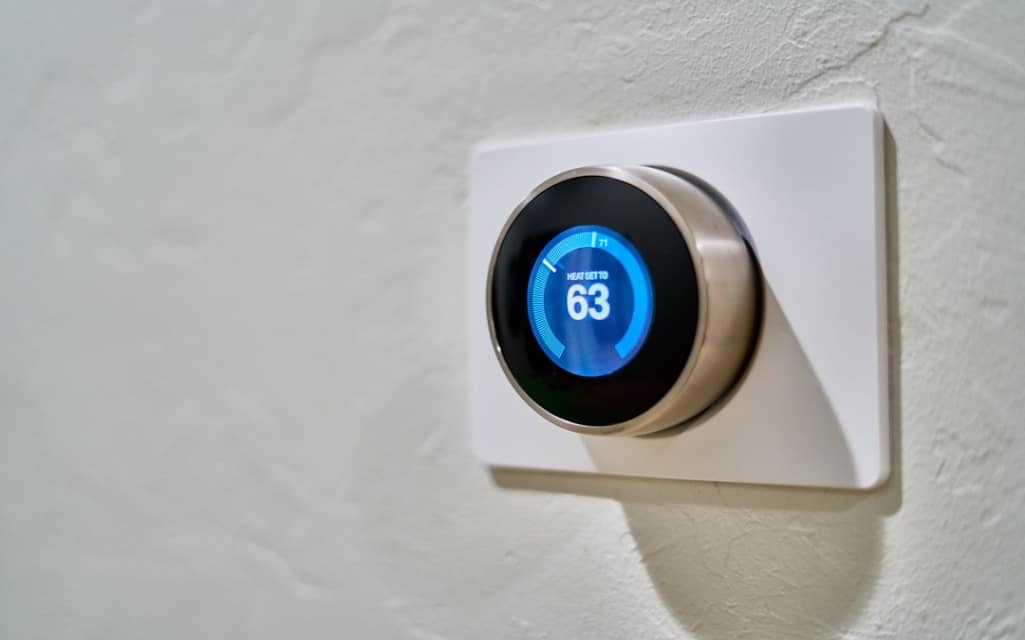In the United States, homeowners can choose to have their households heated in a variety of ways. Although modern heating systems utilize all sorts of diverse fuel sources, the traditional means is still through either an electric or gas furnace. In each of those cases, regular maintenance and monitoring are needed year-round. Unfortunately, there are still scenarios where the furnace fails to give the proper heat. If you have a gas burner and have already checked the thermostat for connection problems, as well as your filters and ductwork, another possible cause is your furnace’s thermocouple.
While many homeowners may be unfamiliar with this important piece of a gas burner, a bad thermocouple can cause immediate issues with your heat source. Here, we will look at common thermocouple issues and common problems, as well as some easy fixes to get your gas furnace up and running smoothly again.
How a Thermocouple Works
If your home is heated by a gas furnace, its thermocouple is one of the most important pieces of its inner workings. Simply put, the thermocouple uses an electric voltage to keep the gas valve open. If your system’s pilot light fails and goes out, the heat loss directly causes the voltage between the twin metal connections to drop. As a safety precaution, this shuts the gas valve in order to prevent potential combustion and system breakdown. In this way, the heater’s thermocouple is truly a safety device, as its primary job is to regulate the flow of gas throughout the system. While this prevents potentially dangerous gas or carbon monoxide leaks in your home, if your thermocouple is having problems, it also means the furnace is going to have a complete system shutdown.
In general, a faulty thermocouple is one of the easier issues that can be fixed regarding your home’s heating system. While many homeowners will panic if their system’s heat doesn’t seem to be working, it doesn’t mean that there’s an expensive problem with either the air conditioning unit or the furnace. A few simple tweaks and it should be good as new. However, it’s a good rule of thumb to have your water heater, HVAC, ventilation system, and ductwork serviced a few times throughout the year. Not only will this prevent major problems with either system in the future, but it’ll also ensure that the air system’s functions will be in tip-top shape as the seasons change.
Possible Thermocouple Problems
The most common issue with a faulty thermostat is the shutdown of its heating capabilities. Again, this is the result of the thermocouple’s job as a regulator of gas leakage. So, in essence, it’s merely doing its job. In this instance, the good news is that you’re not going to need any costly repairs or furnace replacement. Instead, a professional HVAC or heating technician will simply recalibrate the thermocouple in order to remeasure the pilot light’s heat sensor.
Likewise, the thermocouple itself can become clogged within the gas line. A dirty thermocouple or serious clog can prevent gas flow, mimicking the same shutdown issues from a dimmed pilot light. Lastly, there are possible issues that could occur with an older furnace when it comes to the thermocouple’s wiring. Within the machine itself, the wires need to be properly screwed into the adjoining terminals, allowing the thermocouple to interpret the flame sensor and pilot light’s ultimate temperature reading. Among the common reasons that the wiring is wrong is if the ends are placed into the compatible screws from the reverse side. To avoid this basic problem, it’s advised that any thermocouple issues be dealt with by a professional technician.
Although these seem like eases fixes, due to the potential for dangerous gas leaks, it’s not recommended that the homeowner attempt any furnace or thermocouple troubleshooting on their own. When in doubt, call in the professionals!




